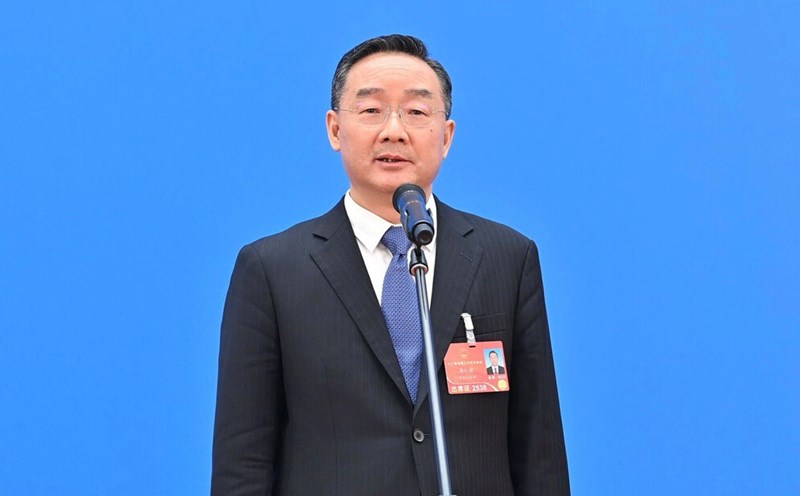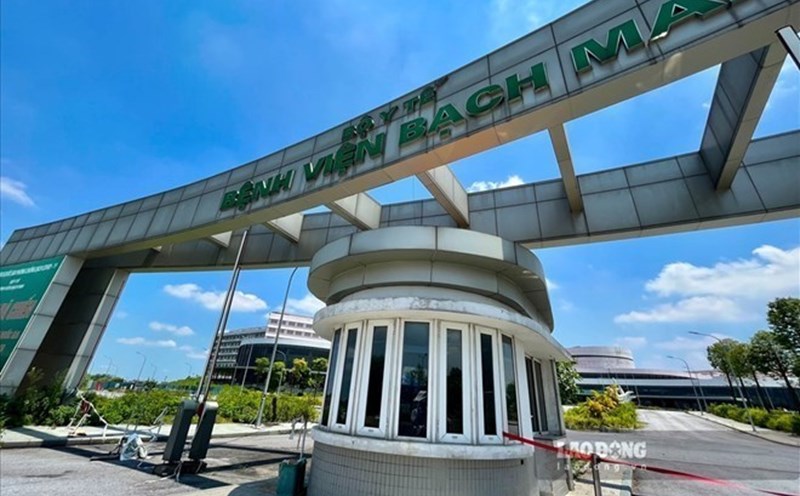China has just launched a new visa program called the K visa, designed to attract human resources in the fields of science, technology, engineering and mathematics (STEM). The special feature of this type of visa is that it allows young foreigners to enter, reside and work in China without having to have an invitation to work from a business.
Meanwhile, the Trump administration in the US has just imposed a huge fee of $100,000 a year on an H-1B visa - a type of visa that is used by US technology corporations such as Google, Microsoft, and Amazon to recruit foreign engineers. This decision is considered to make many talents, especially from India, consider a new choice.
Immigration experts say that the time China launched the K visa was extremely favorable, as the US was tightening conditions and costs for applying for H-1B. While the US is building more barriers, China is lowering them, commented an immigration lawyer.
K visas also open up opportunities for Indian STEM students - a group that accounts for 50% of the H-1B visas issued in 2024. However, major challenges remain: The requirements for age, qualifications, and experience of the K visa are still vague; There is no policy on long-term residence or family security; While language barriers and China-India political tensions may make candidates hesitant.
However, this move shows China's determination to "broken up the brain", competing head-on with the US in the technology talent race. Beijing has implemented many policies such as visa exemption for European, Japanese, and Korean citizens; Home purchase support; Contract bonuses of up to 5 million yuan (equivalent to 690,000 USD) to attract experts back.
If K visas are truly implemented effectively, it can help China attract thousands of additional technology workers, while positioning itself as an attractive innovation hub to replace Silicon Valley in the eyes of a team of international engineers.







